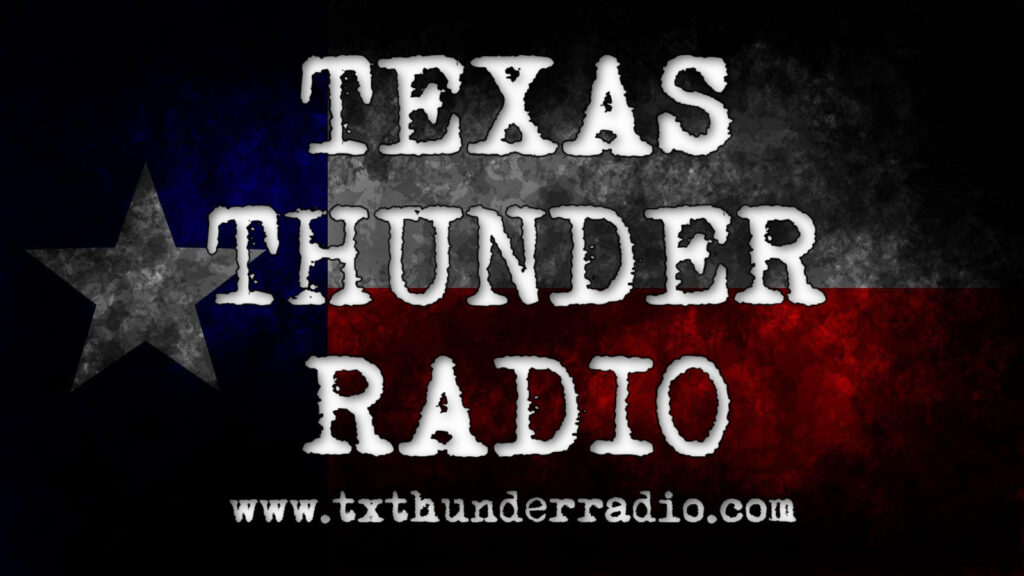 pinkomelet/iStockBy IVAN PEREIRA, ABC News
pinkomelet/iStockBy IVAN PEREIRA, ABC News
(BOISE, Idaho) — For the second time in 24 hours, Idaho state troopers arrested and physically removed state rights leader Ammon Bundy from the Boise statehouse after he violated the chamber’s rules.
Bundy, who joined several maskless protesters in three days of action against the state legislature over its coronavirus restrictions, showed up at the statehouse around 11:30 a.m. Wednesday, soon after he posted bond for his arrest during a legislative hearing Tuesday, the Idaho State Police said.
Troopers served Bundy, who was part of a 41-day standoff against federal officers in 2016 over a land dispute, a No Trespass Notice on Wednesday that prohibited him from being in the building and ordered him to leave, but he refused, according to state police.
“Troopers were forced to physically remove Bundy from the Senate Gallery, take him through a stairwell, place him in a wheelchair, and then into a patrol vehicle,” the state police tweeted.
He was charged Wednesday with trespassing after refusing to comply with the notice.
The trespass notice, which was signed by Keith Reynolds, the director of the Idaho Department of Administration, said the agency consulted with Gov. Brad Little, Idaho House Speaker Scott Bedke and Senate President Pro Tempore Brent Hill, and determined that his actions Tuesday warranted the ban from the building.
On Tuesday, Bundy and two others refused to clear the Lincoln Auditorium after an order from Bedke, police said. Bundy went as far as to allegedly stay in his seat despite orders from troopers, prompting them to wheel him out to their patrol car, according to the police. He was charged with misdemeanor resisting and obstructing officers and misdemeanor trespassing, the police said.
“Based on the totalitarian of the circumstances, I find that your refusal to comply with lawful orders of government officials and peace officers threatens to interfere with or impede the conduct of legitimate businesses and the primary uses of state facilities,” Reynolds wrote in the notice. “You also present a threat to disrupt the legitimate business conducted here.”
Anti-government activist Ammon Bundy is wheeled from the Idaho Statehouse in Boise, Idaho, Aug. 26, 2020, following his second arrest for trespassing in two days.
Attorney information for Bundy was not immediately available. The notice of trespass will be in effect for one year, the state police said.
The Idaho state legislature is in a special section this week to vote on several bills, including one that would end the state of emergency over COVID-19. The state has had 30,780 confirmed cases so far, and 337 confirmed or probable coronavirus-related deaths, according to the Idaho Health Department.
On Monday, Bundy and other protesters against the state’s current coronavirus state of emergency broke glass, pushed through officers and stormed the chambers, violating the statehouse’s rules on social distancing, according to video from that day. Many of the protesters didn’t wear face coverings and some were seen armed with assault rifles.
Ammon Bundy, center, who led the Malheur National Wildlife Refuge occupation, stands on the Idaho Statehouse steps in Boise, Idaho, on Monday, Aug. 24, 2020.
The crowd was allowed to stay in the chambers and there were no immediate arrests. The Idaho State Police said they are investigating Monday’s incident for any criminal charges.
The statehouse has seen an increased police presence since Monday’s incident, according to the state police.
“Idaho State Police will continue to carefully balance people’s right to participate in the legislative process while ensuring that the process remains peaceful,” the police tweeted.
Copyright © 2020, ABC Audio. All rights reserved.











